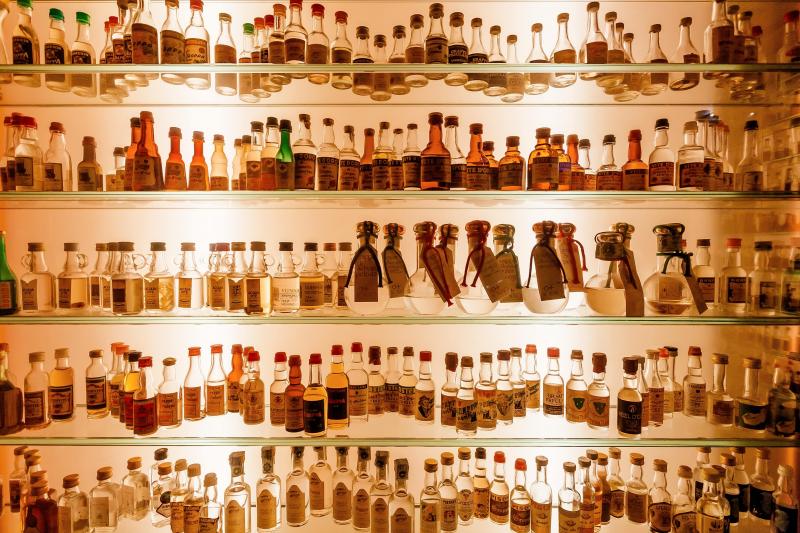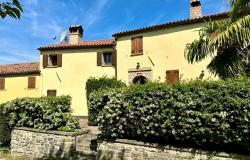A new report from the Bologna-based economic research institute Nomisma found that in the first half of 2022, the export value of Italian spirit grappa in the US had increased by 57% compared to the same period in 2021.
Although only 3% of the grappa sold abroad is placed in the US market, its star is on the rise. While grappa may not yet have the name recognition of limoncello or amaro, all are part of a €135 million Italian spirits market in the US.
Grappa’s growth stateside may be attributable in part to a campaign, Hello Grappa! The American Dream, now in its third year. Organized by AssoDistil (Italy’s National Association of Ethanol and Spirits Producers) and co-financed by the European Union, the project aims to raise the profile of grappa in the US through educational initiatives with Eataly, and close collaboration with companies including, among others, the historic Jacopo Poli distillery in Bassano del Grappa.
It’s made from what?
An after-dinner staple in Italy, grappa is made from pomace — fermented grape skins, stems, seeds and pulp discarded during the winemaking process. These harvest byproducts are steam-distilled, then barrel-aged anywhere from one to five years. In accordance with EU regulations and the product’s Geographical Indication recognition, in order to be legitimately called grappa, the process — from grape cultivation, to vinification, to distillation and processing — must take place entirely in Italian territory. Italy has nine authorized grappa production zones, heavily concentrated in the north (with the exception of Grappa di Sicilia and Grappa di Marsala, both from Sicily.)
Occasionally referred to as "Italian firewater" for its potency, grappa is best enjoyed as a meal-ending digestivo (digestif) or as a “neat” nightcap, often served in shot glasses or small stemware. It's also the most common ingredient in a caffè corretto or “corrected coffee” — an espresso splashed with a small amount of liquor. (That mix is potentially powerful: To wit, Bice Faini — Brescia’s oldest resident until her death in August at the age of 108 — attributed her longevity to daily bicycling and a dash of grappa in her morning coffee, as reported by various regional news outlets.).
Grappa’s roots
It may be increasing its US cocktail lounge-clout, but grappa is still best enjoyed in the motherland. The spirit is believed to have originated in northern Italy near or around the town of Bassano del Grappa — probably in the 14th or 15th century. If you’re in the area, visit the Poli Museo della Grappa, a free-admission site offering an overview of the history and production process, and a tasting of five products for a modest €3 donation.
If you go
Poli Museo della Grappa
Via Gamba 6, Bassano del Grappa
Tel. +39 0424 524426
Open: 9am-7.30pm daily (closed Jan 1, Easter & Dec 25)
Website













